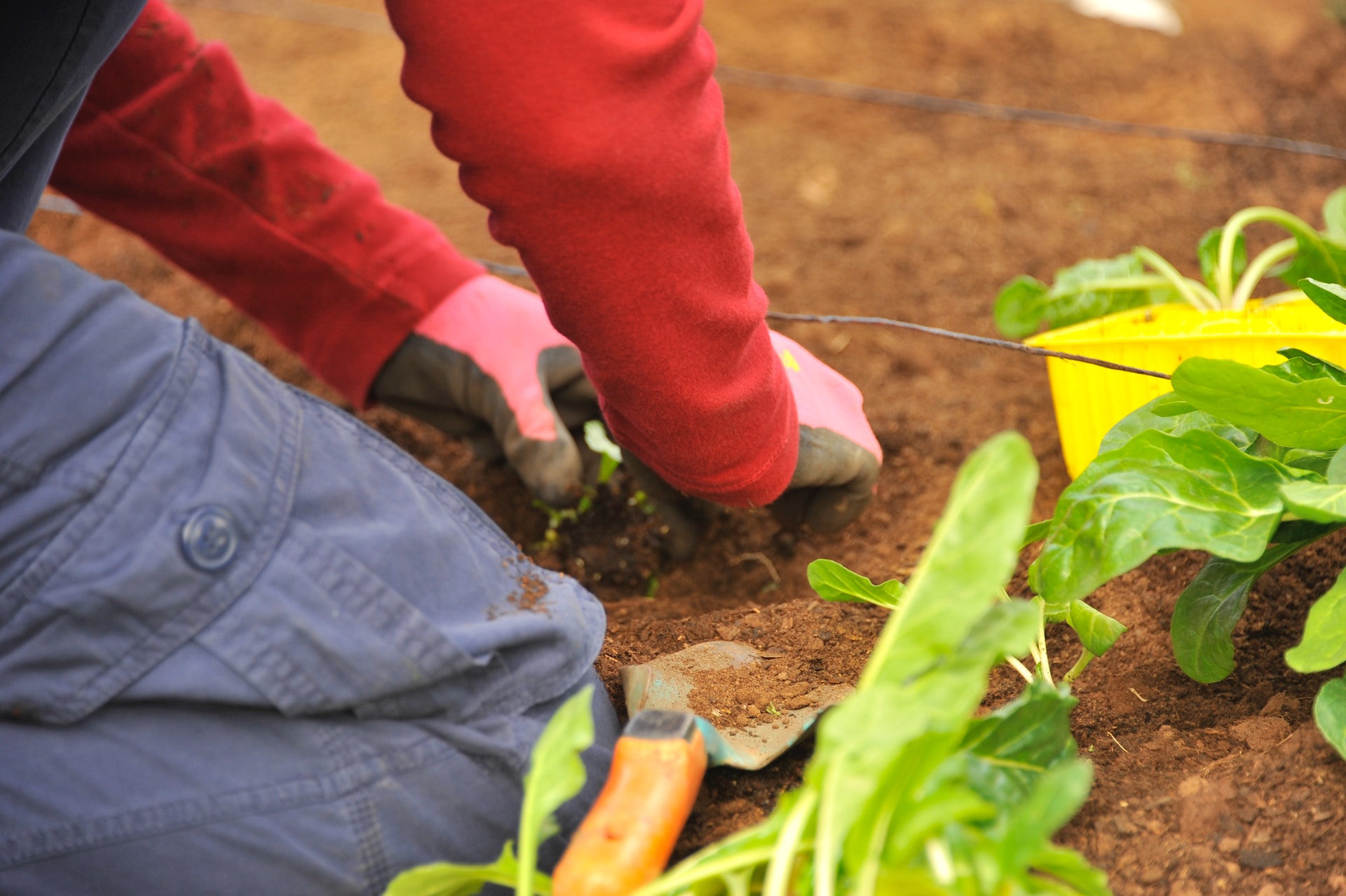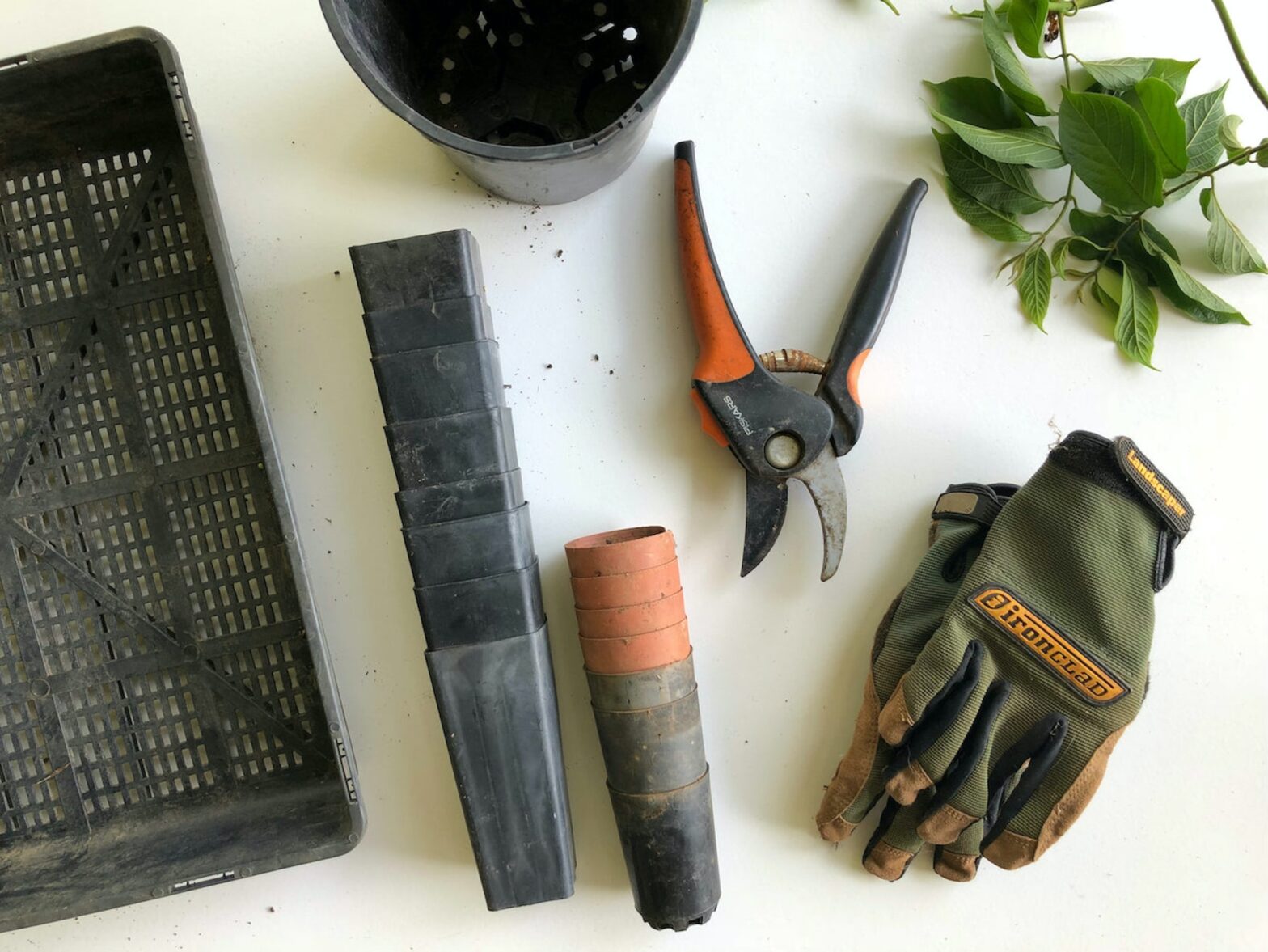Having the right gardening tools in hand will make a huge difference in how easy and fun taking care of your front lawn or backyard can be. Gardening is a rewarding activity that not only enhances the aesthetic appeal of your home but also offers numerous health benefits. From reducing stress to providing fresh produce, it’s a hobby that pays dividends in more ways than one.
However, like any other home improvement task, gardening requires more than just enthusiasm—it needs a specific set of equipment to get each job done efficiently, keep your plants healthy, and turn your garden into a lush sanctuary.
In this article, we’ll delve into the 10 essential tools every home gardener needs. Whether you’re planning to spruce up your garden or starting from scratch, this checklist will ensure you’re well-equipped to make the most of your gardening experience. So, let’s dig in!
Essential Gardening Tools That You Should Have at Home
Seasoned gardeners know that the right tools are crucial to maintaining plants and creating a beautiful outdoor space. Here’s a checklist of gardening tools that you should have in your shed.
1. Garden Gloves
These would be the most basic gardening hand tools that you shouldn’t garden without. Gloves protect your hands from dirt, sharp thorns, and rough surfaces and save them from getting blisters. They also provide a better grip when handling plants and gardening equipment, reducing the risk of accidents.
Also, gloves keep your hands clean, which can come in handy when you’re handling fertilizers, pesticides, and other chemicals. Look for gloves made of durable material, such as leather or synthetic fabric, which are waterproof and flexible enough to use for both light and heavy-duty tasks.
2. Spade, Fork, and Rake
These are essential gardening tools that you use for basic tasks to prepare the ground for planting, like digging, loosening soil, and removing weeds. A spade is a flat or square-shaped blade attached to a long handle, while a fork has sharp prongs on its end used for turning over the soil. Rakes are great for leveling out the ground, collecting leaves and debris, and spreading mulch.
When choosing these tools, make sure to get ones that are durable and comfortable to hold. Look for steel or aluminum handles, as they’re lightweight yet sturdy enough for heavy use.
3. Pruning Shears
These scissors-like tools are used to trim and shape plants, making them essential for maintaining the health and appearance of your garden. There are different types of pruning shears available, such as bypass pruners, anvil pruners, and ratchet pruners, each with its own unique purpose.
Bypass pruners are ideal for the general pruning of small stems and branches, while anvil pruners are best for thick deadwood. Ratchet pruners have a mechanism that allows you to cut through thicker branches with less effort.
Apart from removing dead or damaged parts of plants and controlling their growth, pruning can also prevent the spread of diseases and improve the quality of fruits and flowers.
When purchasing pruning shears, look for ones with sharp blades made of high-quality steel that can withstand frequent use. Handles with a comfortable grip are also important to prevent strain on your hands.
4. Motorized Grasscutter
Cutting grass using traditional means can be a time-consuming and laborious task. That’s why a motorized grasscutter is a piece of garden equipment that any home gardener should have. It can save you time and effort while keeping your lawn looking trim and well-maintained.
There are several types of grasscutters available on the market, including manual reel mowers, gas-powered mowers, electric mowers, and robotic mowers. Each has its own advantages and is suitable for different lawn sizes and terrain. For example, manual reel mowers are ideal for small lawns with even ground, while gas-powered mowers are better suited for larger areas with rough terrain.
5. Watering Tools
Plants need regular watering to thrive, and having the right watering tools can make this task much more manageable. Here are two essential tools that you should have.
Watering Cans
A watering can is a basic but essential tool for any garden. It allows you to water your plants gently and evenly without causing damage to leaves or flowers. Watering cans come in various sizes and materials, so choose one that suits your needs and is comfortable to carry. Also, look for a can with a detachable rose attachment, which will help you adjust the water flow depending on what plants you’re watering.
Hose with Sprinkler Attachment
For bigger gardens or areas that are difficult to reach, using a hose with a sprinkler attachment is the most efficient way to water your plants. It allows you to cover a larger area quickly and evenly, making it perfect for lawns and flower beds.
When choosing a hose, make sure it’s made of durable material so that it doesn’t leak easily, and opt for an adjustable sprinkler attachment so you can control the water pressure.
6. Trowel
A trowel can be used in many ways in gardening. You can use it to dig small holes for planting, transplanting seedlings, and breaking up the soil. It’s also handy for edging the ground to set brickwork or paving stones.
7. Weeder
There will be weeds that are just too stubborn to remove by hand, and that’s where a weeder comes in. It allows you to remove weeds from the root without damaging other plants. For better control, choose a weeder with an ergonomic handle and sharp edges.
8. Shovel
For major digging tasks, a shovel is a must-have gardening tool. It’s larger and heavier compared to a spade but can handle more substantial loads of soil, gravel, or other materials. Shovels come in various shapes and sizes, from square, pointed, round-nosed to flat-bladed. Each type has its specific purpose, such as moving large amounts of dirt (square), digging trenches (pointed), or scooping materials (round-nosed).
A shovel with a longer handle allows you to exert more leverage, while a shorter one gives you more control over the tool. Consider the weight of the shovel as well, as using a heavy one for an extended period can cause strain on your back and arms.
9. Garden Cart or Wheelbarrow
A garden cart or wheelbarrow is essential for transporting heavy materials, like soil, mulch, and rocks around your garden. It saves you from having to make multiple trips back and forth, making your gardening tasks more efficient.
10. Composting Tools
Sustainable gardening has been all the rage these days, and composting is a crucial part of it. Having the right tools for processing compost can make the process easier and more effective. Some essential tools include a pitchfork or garden fork for turning the compost pile, a shovel for scooping materials, and a hose with a spray attachment for moistening the pile.
Of course, you should also get yourself a composter, whether it’s a bin or a tumbler, for efficient and organized composting. With compost, you can create nutrient-rich soil for your plants without spending money on fertilizers.
Safety Tips on Using Gardening Hand Tools

While these 10 essential tools every home gardener needs make your gardening tasks easier and more efficient, it’s crucial to use them safely. Here are some tips to keep in mind.
- Always wear proper safety gear, such as gloves and closed-toe shoes, when using hand tools.
- Make sure the handles of your tools are clean and dry for a better grip.
- Regularly sharpen the blades of your tools to make them more effective and safe to use.
- Never leave tools unattended, especially if there are children or pets around.
By observing safety measures, you can enjoy gardening without worrying about injuries or accidents!
How to Keep Your Garden Equipment in Good Shape
Keeping your garden equipment and tools in good shape is essential to ensure that they last for a long time and work efficiently. Here are some maintenance tips that you can pick up.
Clean After Use
After using your tools, make sure to clean them thoroughly with water and a mild detergent. This will prevent dirt and debris from building up, which can cause rusting or damage to the tools. Dry them with a clean cloth before storing them in a dry place.
Oil Metal Parts
Metal parts of garden equipment, such as lawnmower blades and shovel heads, should be oiled regularly to prevent rusting. Use light-duty oil, like WD-40, or mineral oil, and apply it using a cloth or brush. Wipe off any excess oil before storing the tools.
Sharpen Blades
Sharp blades make gardening tasks easier and safer. Regularly check and sharpen the blades of your cutting tools, such as pruning shears, hedge trimmers, and lawn mower blades. You can use a sharpening stone or file to do this. If you’re not confident in doing it yourself, take them to a professional for sharpening.
Store Properly
Proper storage is crucial in keeping your tools in good condition. Make sure to store them in a dry and well-ventilated area, away from direct sunlight and extreme temperatures. Hang the tools or place them upright to prevent damage to their blades.
Replace Worn-Out Parts
Even the best gardening tools will eventually wear out. If you notice any parts that are damaged or worn out, such as handles, blades, or attachments, make sure to replace them promptly. Using damaged tools not only affects their efficiency but can also lead to accidents.
Where to Buy Quality Garden Tools
The best place to buy quality garden tools is at your local garden center or hardware store. They often have a wide selection of tools, and their staff can provide valuable advice on which ones are best suited for your gardening needs.
You can also check online retailers, but make sure to read reviews from other customers before making a purchase. You should also read product descriptions carefully to ensure that you’re getting the right tool for your needs.
Have Fun with Your Garden!
Gardening is a fulfilling and rewarding hobby, and having the right equipment makes it even more enjoyable. With the 10 essential tools every home gardener needs, you can take your gardening skills to the next level. Just remember to keep them in good shape by following our maintenance tips, and most importantly, have fun working on your dream garden!
If you need more home improvement tips, you can check out our other posts. Better yet, reach out to us here at Hometown-News and let us help you achieve your ideal home. We look forward to hearing from you!
